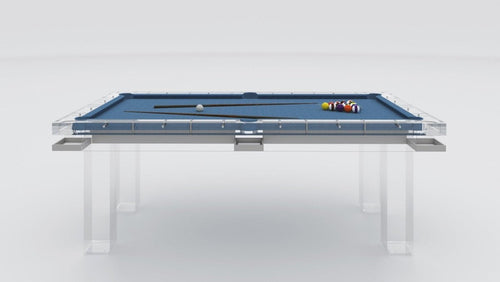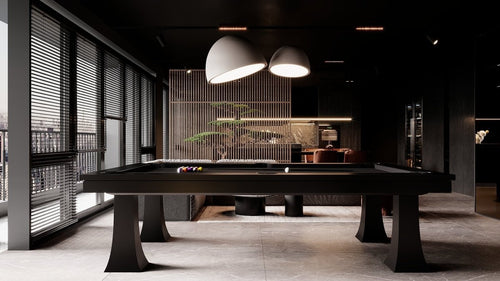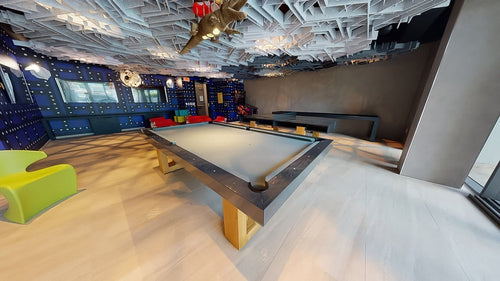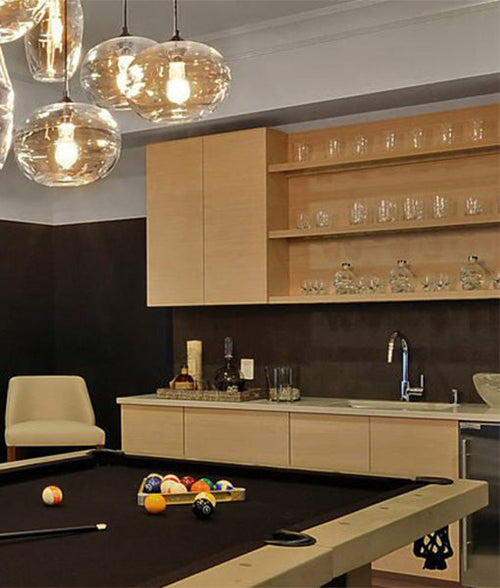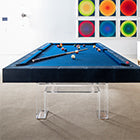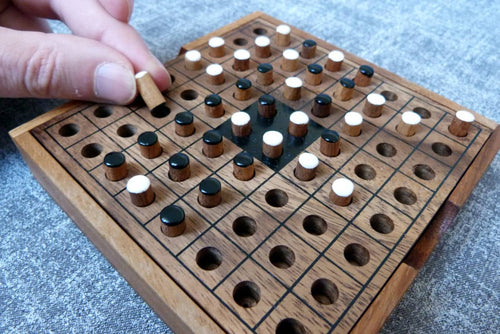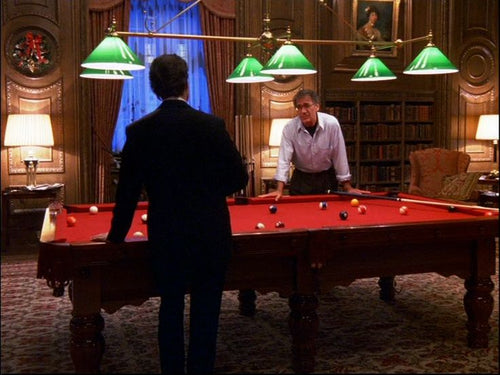Enjoy our modern designs
Continuing with our Pool & Billiards in cinema series we move to the island of Taiwan and its transcendental just shy of 4 hours masterpiece, "A Brighter Summer Day". Directed by Edward Yang, it intricately weaves together multiple narratives and explores themes of Taiwanese identity, youth disillusionment, western pop culture abroad, colonial Japanese influences, and the impact of social and political turmoil. A coming-of-age drama film set in the early 1960s, the film revolves around the life of a teenager named Xiao S'ir, who navigates the tumultuous period of political and social unrest in Taipei.
A quiet and introverted student, finds himself caught between the conflicting influences of his family, school, and the street gangs that dominate his neighborhood. As the political tensions between the pro-communist mainlanders and the pro-nationalist Taiwanese escalate, the teenage gangs become increasingly involved in the violence and chaos erupting on the streets. The film has two story's that run parallel and merge throughout its runtime. One where in the midst of this troubled backdrop, Xiao S'ir's path crosses with Ming, a beautiful girl he meets at a cram school. They develop a deep connection and find solace in each other's company as they navigate the challenges of adolescence and the complexities of their environment. We watch as their bond is tested by the world they find themselves in.

Today though we will only have time to briefly analyze one of the many pivotal scenes in the film. It takes place in a pool hall and involves a fight that breaks out which holds profound symbolic meaning within the larger context of the films story.

For our main characters the pool hall serves as a microcosm of society, representing the clash between tradition and modernity, and acts as a space where the we see the youth and young up to no good adults navigate their own desires and frustrations. It becomes a refuge, a place of solace and validation in a world marked by social upheaval and heavy familial pressures.
The chaotic fight that occurs within the dimly lit pool hall is a crucial turning point in the narrative. It erupts as a culmination of mounting tensions between two rival gangs, symbolic of the larger conflicts occurring within Taiwanese society at the time. The fight transcends its immediate context, functioning as a metaphor for the intense struggle for identity and belonging experienced by the film's characters.
Yang's meticulous direction and framing create a palpable sense of tension and chaos during the fight. Through careful editing choices and the use of long takes, the audience becomes fully immersed in the raw emotions and brutal consequences of the clash. The camera moves dynamically, capturing the energy and urgency of the moment, while also maintaining a detached perspective, mirroring the film's objective approach.
The scene showcases the brutal realities of the characters' lives, highlighting the destructive power of societal forces. It exposes the cyclical nature of violence, where one act leads to another, perpetuating a never-ending cycle of aggression and pain. This is mirrored in the broader sociopolitical context of Taiwan in the 1960s, where clashes between different political factions and social classes fueled unrest and violence.
Furthermore, the fight represents a loss of innocence for the film's protagonist, Xiao Si'r. As a young boy caught between conflicting influences and loyalties, he witnesses firsthand the consequences of unchecked aggression and becomes entangled in the web of violence. This pivotal moment marks one of the many moments that start to chnage his life, from innocent youth seeking answers, to troubled and heartbroken young adult. Like so many he is forced to confront the harsh realities of the world around him and grapple with his own morality in the face of it all.
Symbolically, the pool hall itself undergoes a transformation during the fight. The orderly and serene atmosphere is shattered, mirroring the disarray and disillusionment within Taiwanese society. The shattered pool balls, broken cues, and overturned pool tables serve as metaphors for the fractured social fabric and shattered dreams of the characters.

To wrap things up the pool hall fight in "A Brighter Summer Day" is a vital and bloody sequence within the film's narrative. It symbolizes the larger sociopolitical struggles of the era, explores the loss of innocence, and underscores the destructive power of violence. Through its meticulous craftsmanship and rich symbolism, this scene exemplifies Yang's mastery as a filmmaker and his ability to examine complex themes within the framework of a single sequence, something he mastered and we see in every film he directed and I highly recommend anyone to see.



